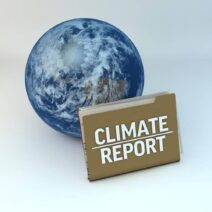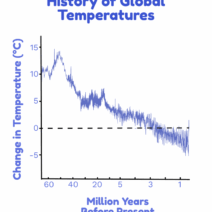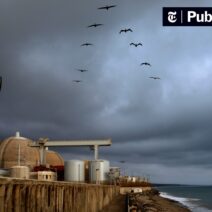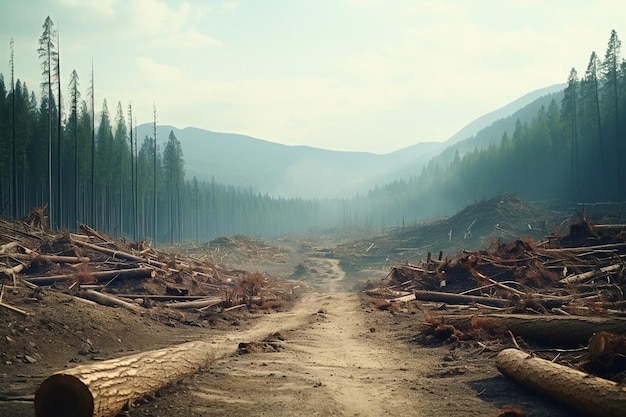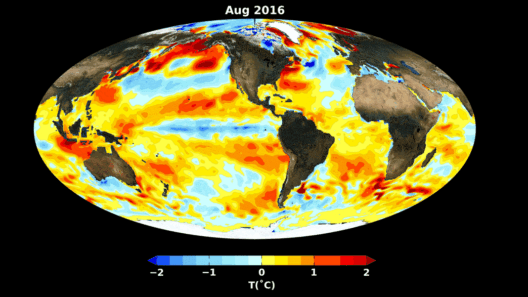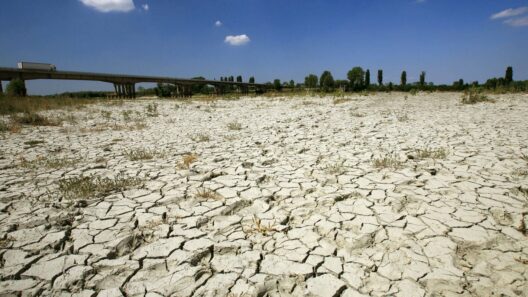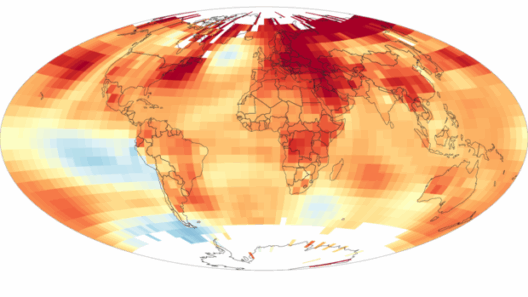Forests, often referred to as the lungs of our planet, play a quintessential role in mitigating climate change. However, as urbanization, agriculture, and industrialization spread, these vital ecosystems face a relentless onslaught, resulting in vast tracts of deforestation. This phenomenon not only threatens biodiversity but also exacerbates global warming, creating a pernicious cycle that endangers the very future of our planet.
Deforestation is not merely the act of cutting down trees; it is an insidious process that alters entire ecosystems. Forests serve as carbon sinks, sequestering carbon dioxide, a primary greenhouse gas that induces climate change. When trees are felled, the stored carbon is released back into the atmosphere, dramatically increasing atmospheric CO2 levels. The result is a significant contribution to the greenhouse effect, which warms the Earth’s surface.
The global statistics are alarming. According to various environmental agencies, approximately 13 million hectares of forest are lost each year, an area roughly equivalent to the size of Greece. This rampant deforestation not only destabilizes the carbon cycle but also diminishes the earth’s capacity to absorb emissions. Consequently, we are on a trajectory that threatens to propel global temperatures beyond 2 degrees Celsius above pre-industrial levels, a threshold scientists warn could unleash catastrophic climatic events.
One of the key drivers of deforestation is agricultural expansion. As the global population swells, the demand for food escalates. This has led to the clearance of vast forested areas for the cultivation of cash crops such as soy and palm oil. The irony is striking: in the pursuit of increased agricultural yield, we are sowing the seeds of our own demise by amplifying climate change. The resultant habitat destruction not only eliminates flora and fauna but disrupts local climates, ultimately undermining agriculture itself.
Moreover, the logging industry contributes significantly to forest degradation. Legal and illegal logging operations indiscriminately cut down trees, often ignoring sustainable practices. The consequences are dire—deforested areas become vulnerable to soil erosion and hydrological imbalances, leading to increased flooding and landslides. The aftermath of logging is a ravaged landscape that struggles to provide the environmental services once taken for granted.
Urban sprawl adds another layer of complexity to the deforestation dilemma. As cities expand to accommodate growing populations, forests fall victim to housing developments and infrastructure projects. This urban encroachment not only displaces wildlife but also sabotages natural carbon sequestration processes. The loss of greenery exacerbates the urban heat island effect, wherein urban areas become significantly warmer than their rural counterparts, further increasing energy demands for cooling and leading to greater fossil fuel consumption.
In addition to agricultural and urban pressures, the rising threat of wildfires cannot be overlooked. Climate change heightens the frequency and intensity of wildfires, which can be exacerbated by deforestation practices. As forests are cleared and dry out, they become highly susceptible to igniting. The impact of such fires is twofold: immediate destruction of forests and the subsequent release of carbon previously held in trees and soil. This horrifying cycle perpetuates the very issues we seek to combat.
However, amidst the grim statistics, there exists a burgeoning movement focused on reforestation and forest conservation. These initiatives aim not only to restore lost forests but also to promote sustainable land-use practices that can coexist with agriculture and urban development. For instance, agroforestry—integrating trees into agricultural landscapes—has gained traction. This method enhances biodiversity while providing farmers with additional income sources from timber and non-timber forest products.
Reforestation projects around the globe are slowly gaining momentum. Countries like Ethiopia have made headlines for their ambitious campaigns to plant millions of trees, providing a beacon of hope in the fight against deforestation. These projects not only enhance carbon sequestration but also restore habitat for countless species and revitalize local ecosystems. They represent a shift in perspective—a realization that forests are not merely sources of timber but invaluable assets in the battle against climate change.
Moreover, innovation in technology offers promising solutions to monitor and manage forests. Satellite imagery and remote sensing allow for the tracking of deforestation in real-time, providing essential data for conservation efforts. Communities are increasingly harnessing this technology to advocate for their forests, holding industries accountable, and ensuring sustainable practices are enforced. Such tools empower local voices, emphasizing the importance of grassroots initiatives in combating global challenges.
Public awareness plays a pivotal role in driving action against deforestation and climate change. As more individuals understand the profound impact of their choices—from the food they consume to the products they purchase—they can effect change at both local and global levels. Supporting sustainable brands, advocating for forest-friendly policies, and participating in conservation efforts can collectively create a significant impact.
To mitigate global warming effectively, a multifaceted approach is essential. Governments must prioritize policies that protect forests, invest in reforestation, and hold industries accountable for their environmental footprints. Economic incentives for sustainable land use should be established, ensuring that the immediate economic gains from deforestation do not overshadow the long-term environmental costs.
In conclusion, forests are indeed on the front lines of climate change, their fate intertwined with the health of our planet. Every tree that falls exacerbates the challenges posed by global warming, but with renewed focus, innovation, and community engagement, the tide can be turned. By cherishing and protecting our forests, we can forge a sustainable path forward, ensuring that the lungs of our planet continue to thrive for generations to come.
